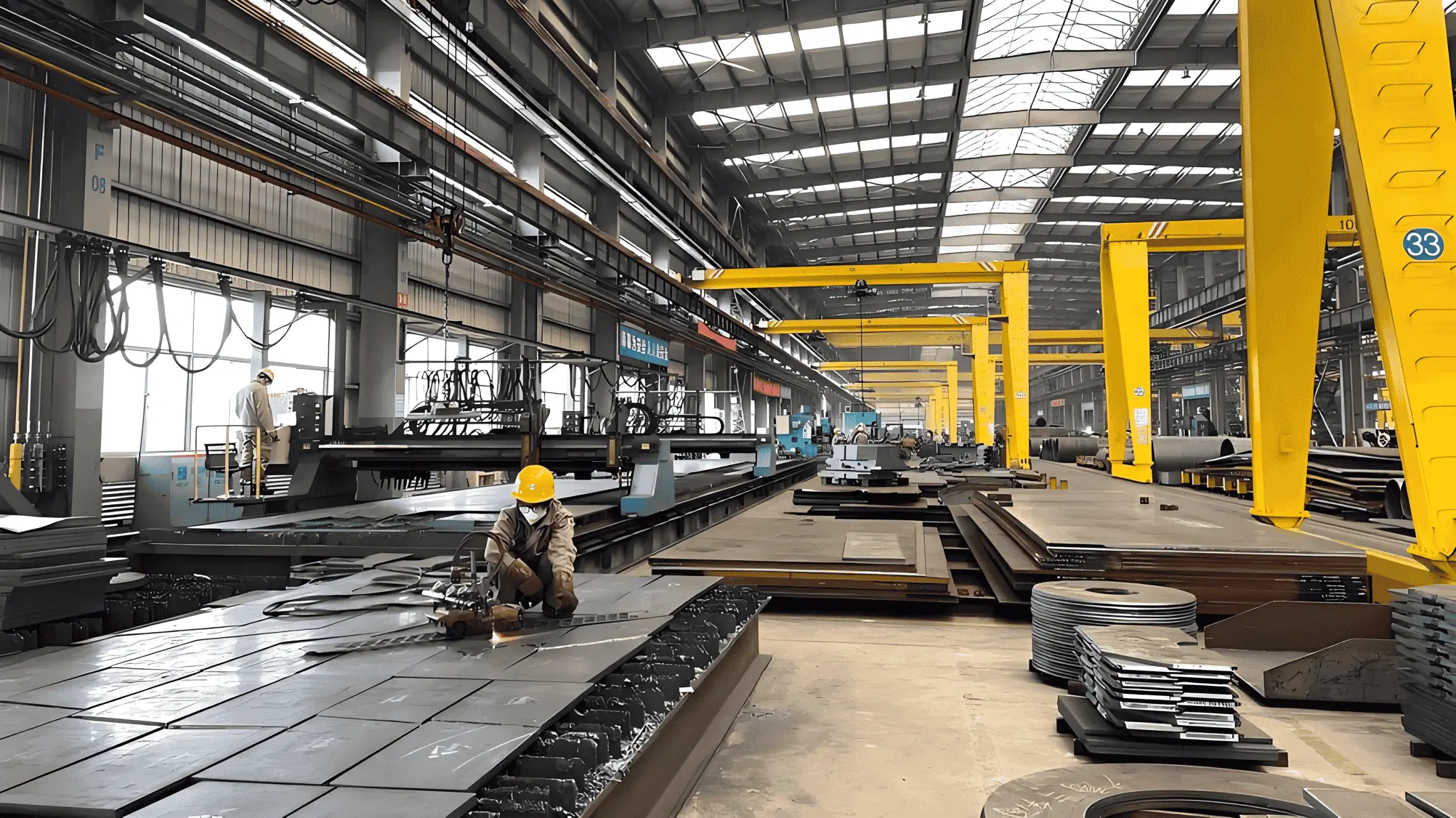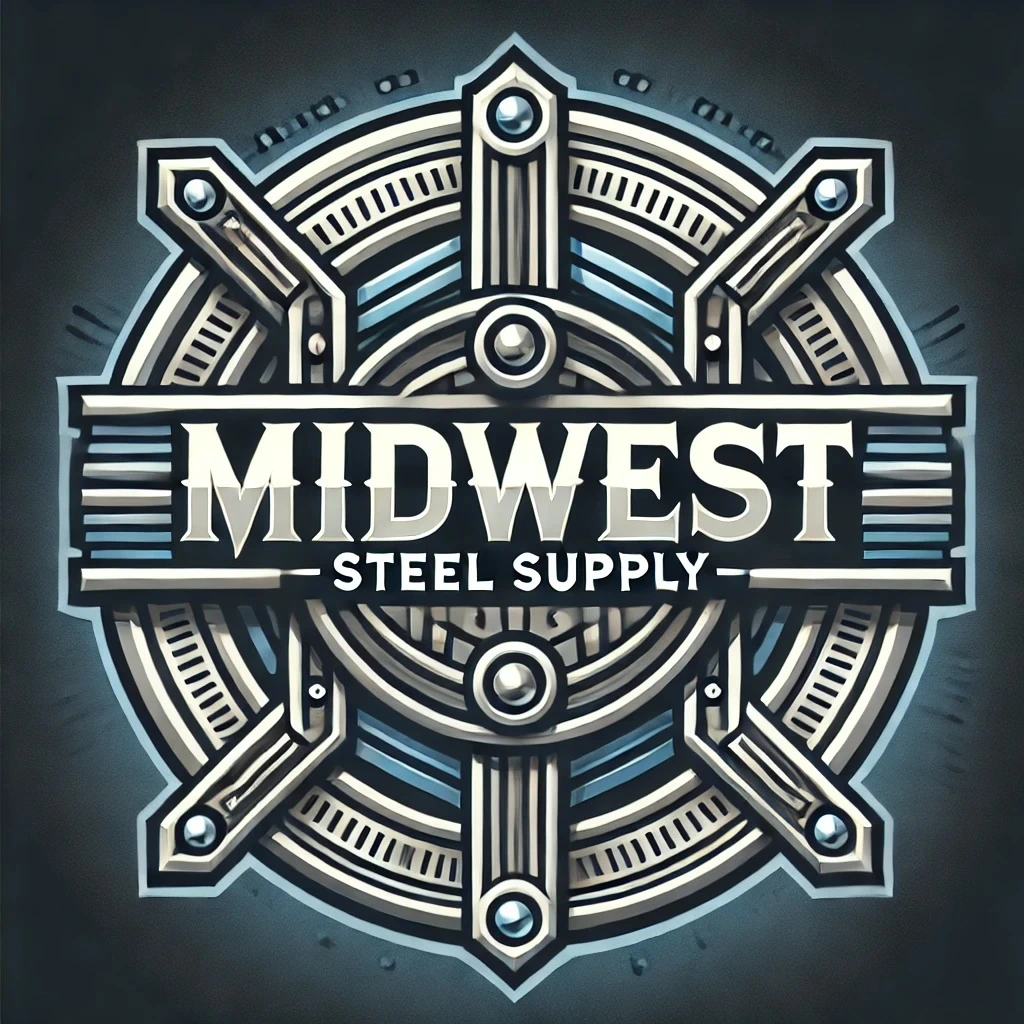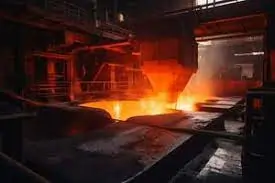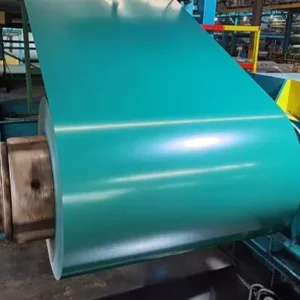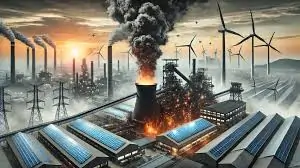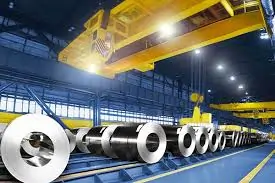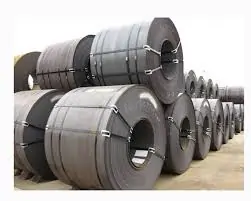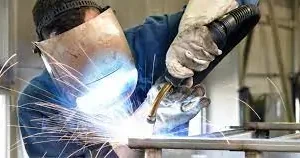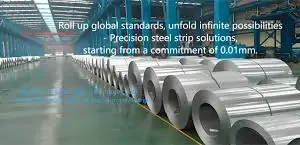Steel industries in china wikipedia
Product Menu
- Steel Bar
- Powder High-speed Steel
- Aluminum Strip Coil/Sheet
- Stainless Steel Strip Coil/Sheet
- Hot-rolled Steel Strip Coil/Sheet
- Cold-rolled Steel Strip Coil/Sheet
- Galvanized Steel Strip Coil/Sheet
- Color-coated Steel Strip Coil/Sheet
- Seamless Steel Pipe
- Welded Steel Pipe
- H-shaped Steel
- Angle Steel/Channel Steel
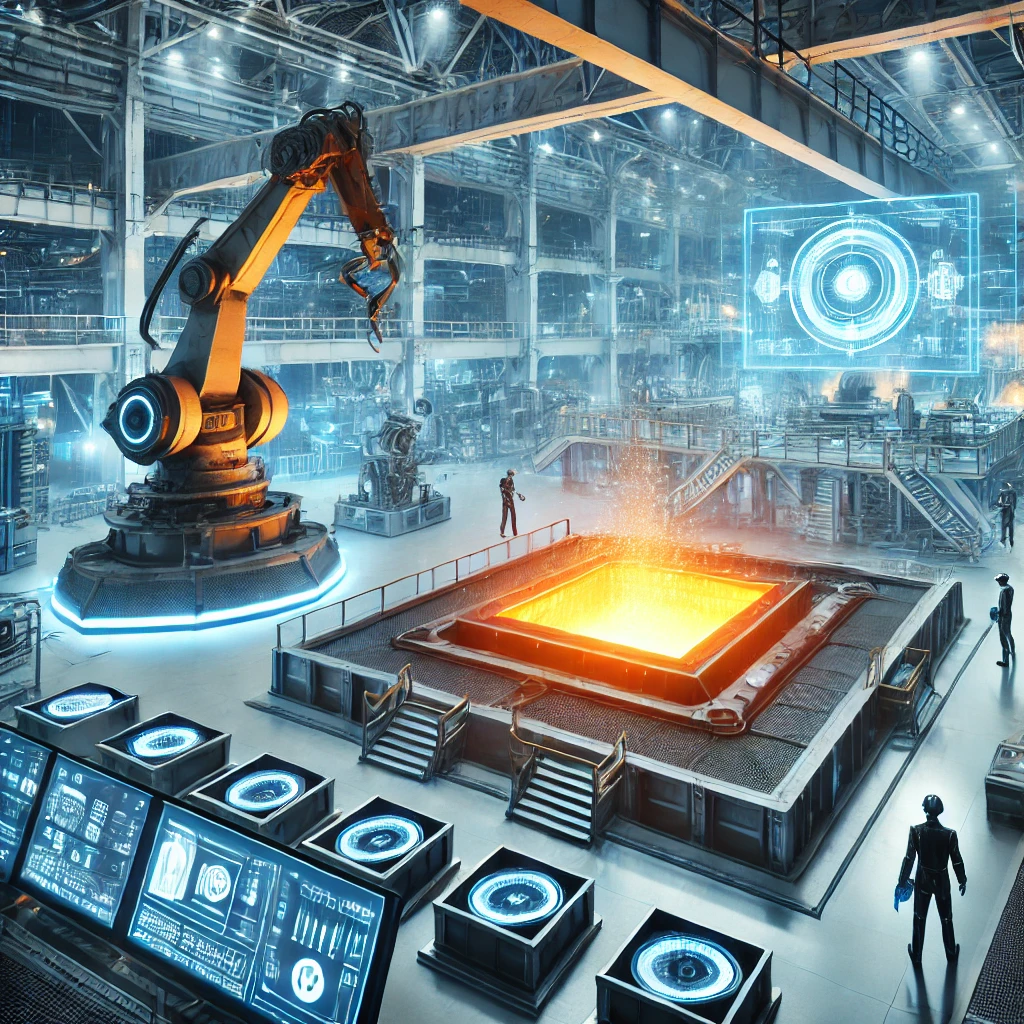
Steel industries in china wikipedia stands as a cornerstone of its economic development, propelling the nation to the forefront of global steel production. This sector has undergone significant transformations, characterized by rapid expansion, structural reforms, and a growing emphasis on sustainability.
Historical Evolution
The genesis of China’s steel industry dates back to the mid-20th century, with modest beginnings that laid the groundwork for future growth. The late 20th and early 21st centuries witnessed unprecedented expansion, positioning China as the world’s leading steel producer. This surge was primarily driven by the country’s industrialization and urbanization, fueling demand for steel in construction, infrastructure, and manufacturing.
Current Landscape
As of 2025, China’s steel industry is marked by a mix of state-owned enterprises (SOEs), private companies, and joint ventures. Leading the pack is the China Baowu Steel Group, the world’s largest steel producer, formed through the merger of Baosteel and Wuhan Steel. In 2023, Baowu reported revenues of approximately USD 80 billion, with a crude steel production capacity exceeding 100 million tons annually. Other significant players include:BtoBers+1huaxiao-ss-2+1
-
Hebei Iron and Steel Group (HBIS Group): Produced over 45 million tons of crude steel in 2023, generating revenues around USD 30 billion.BtoBers
-
Shagang Group: As China’s largest private steel company, it specializes in long steel products, with a production capacity surpassing 30 million tons and revenues of about USD 15 billion in 2023.BtoBers
-
Ansteel Group: A major SOE with an annual production capacity of approximately 20 million tons, focusing on carbon steel, alloy steel, and stainless steel.BtoBers
These enterprises have been instrumental in meeting domestic demand and catering to international markets, solidifying China’s position in the global steel arena.
Production and Export Dynamics
Despite facing challenges such as a property market downturn, China’s iron ore imports reached a record high in 2024, totaling approximately 1.24 billion metric tons—a 4.9% increase from the previous year. This uptick was driven by lower iron ore prices and robust demand, particularly from substantial steel exports. Steel exports surged by 22.7% to a nine-year high of 110.72 million tons, underscoring China’s significant role in global steel supply chains. Reuters
Industry Challenges and Reforms
The industry grapples with issues of overcapacity and environmental concerns. In March 2025, China announced plans to reduce steel output to restructure the sector and mitigate global trade frictions. The National Development and Reform Commission (NDRC) aims to address structural problems and curb excessive competition through stringent regulations and industrial upgrades. Although specific targets were not disclosed, speculation suggests a potential reduction of around 50 million metric tons in crude steel output. Reuters+1Financial Times+1
Environmental Initiatives
In line with its commitment to peak carbon emissions by 2030 and achieve carbon neutrality by 2060, China is expanding its carbon trading market to include the steel, cement, and aluminum industries. This initiative will require approximately 1,500 additional firms to purchase credits to cover their emissions, increasing the total carbon dioxide volume managed by the trading scheme to 8 billion metric tons. The move aims to create a market-driven mechanism encouraging heavy industries to adopt low-carbon technologies and phase out obsolete, polluting facilities. Reuters
Global Implications
China’s dominance in steel production has elicited varied responses globally. While some developing countries initially benefited from affordable Chinese steel for infrastructure projects, a backlash has emerged due to concerns over market saturation and unfair trade practices. Nations like Vietnam and South Korea have initiated anti-dumping investigations and imposed tariffs on Chinese steel products, reflecting the complex dynamics of international trade in this sector. WSJ+1Reuters+1
Future Outlook
The trajectory of China’s steel industry is poised for further transformation. The conclusion of the commodities supercycle, driven by a slowdown in domestic construction and manufacturing, signals a shift in demand patterns. However, emerging markets for critical minerals essential for renewable energy and electrification may offset the decline in traditional heavy industry materials like iron ore. The geopolitical landscape and global competition for resources will significantly influence the future of the steel industry. Financial Times+1WSJ+1
Conclusion
China’s steel industry remains a pivotal component of its economic framework, characterized by its vast scale, ongoing reforms, and environmental initiatives. As the industry navigates challenges and embraces sustainability, it continues to shape and be shaped by global economic and environmental currents.
For more information on steel products and supply solutions, visit Midwest Steel Supply.
Lastest Posts List
OEM & ODM
Highly precise technical design team,the design and production of tailored solutions for you.
Contact
